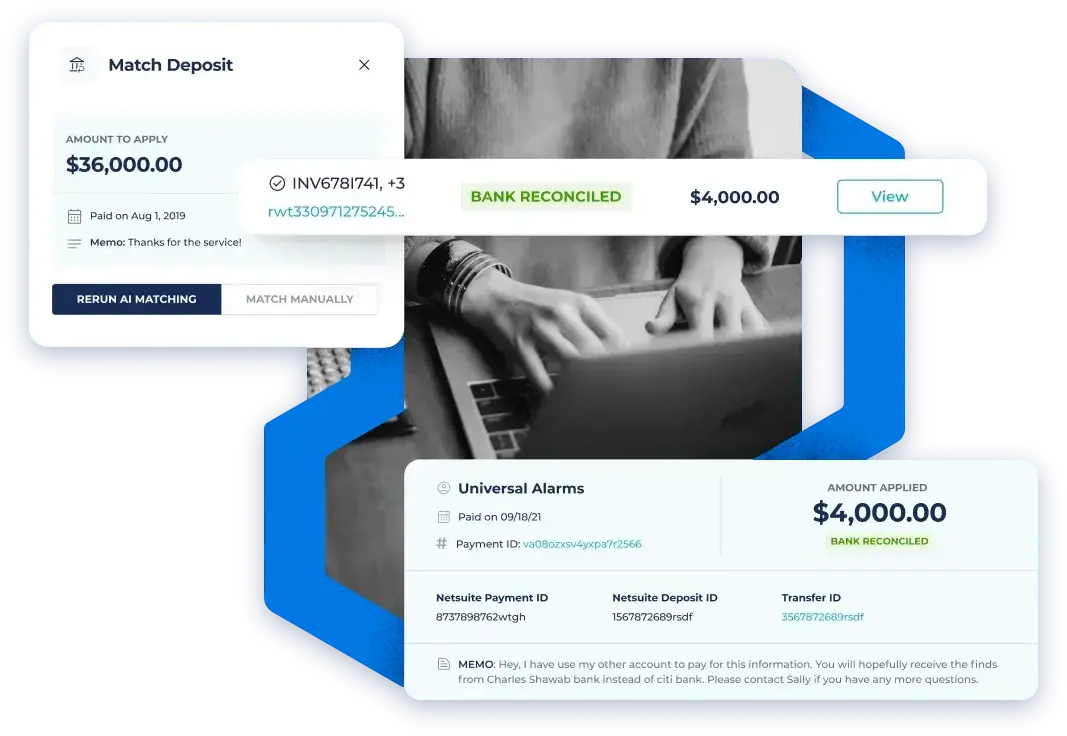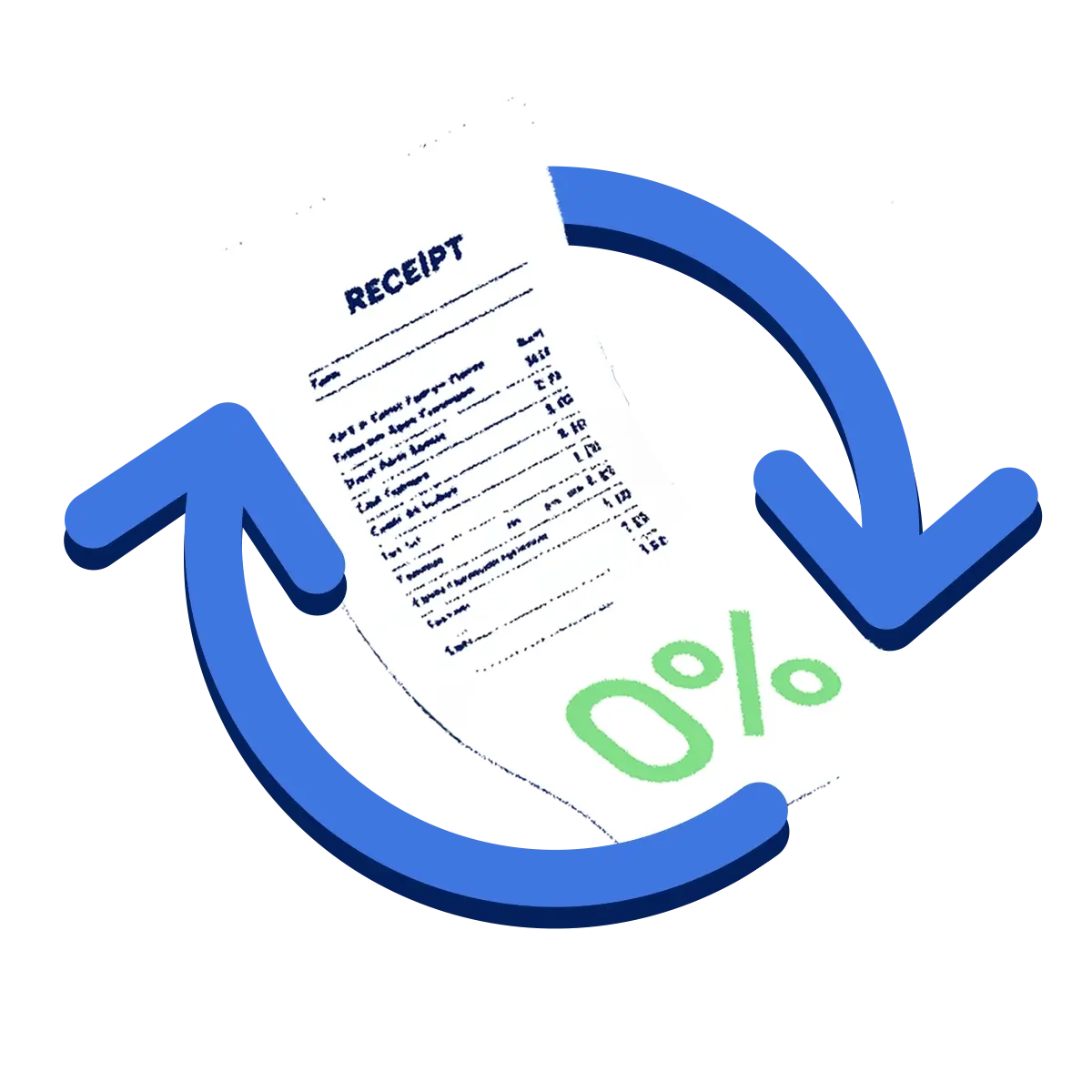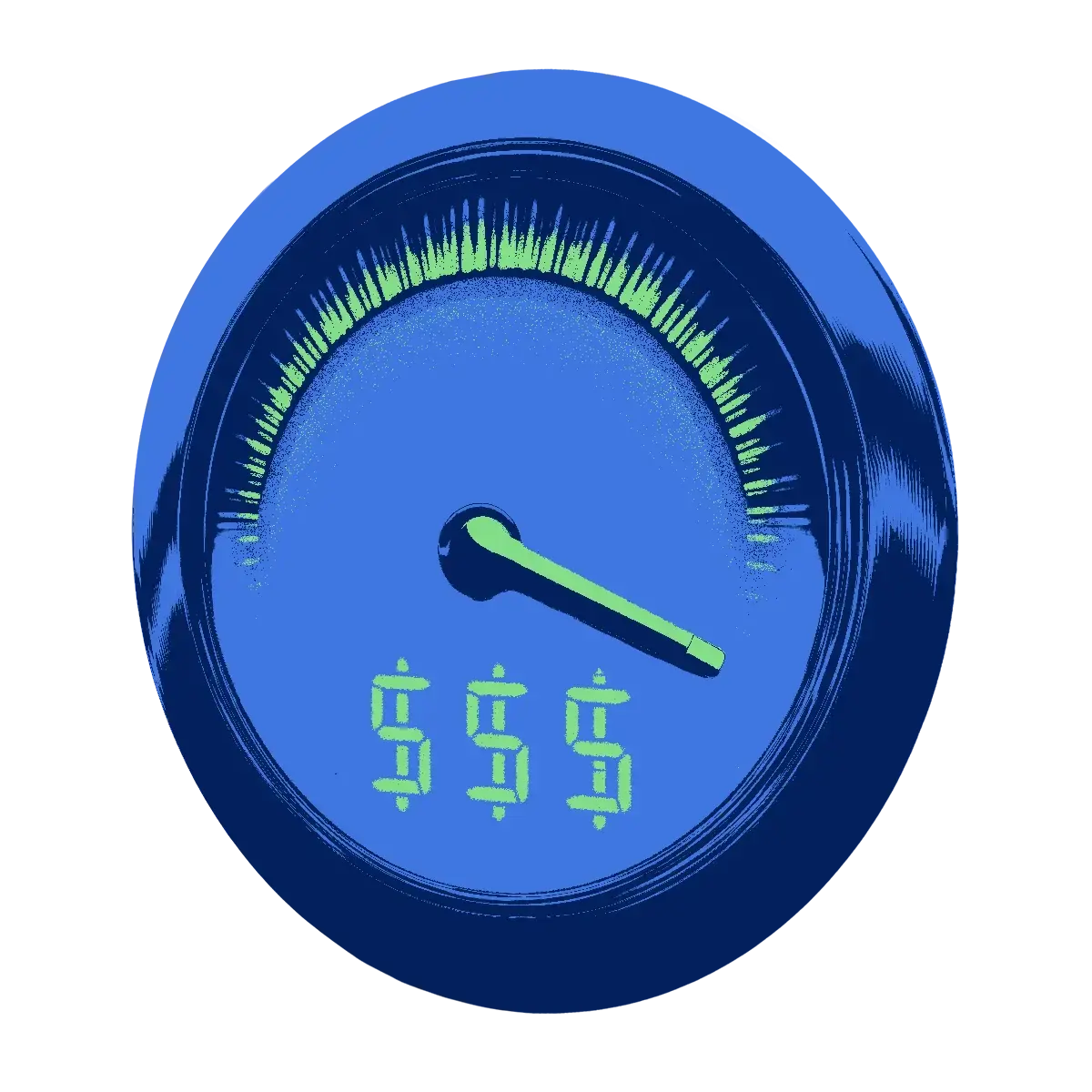ACCOUNTS RECEIVABLES
- Receivables
-
Payables
ACCOUNTS payables
WHY NOW
Our push into Accounts Payables comes with our mission of becoming the one stop shop for the CFO.
By integrating AP, our financial suite becomes even more powerful as we aim to automate everything money.
-
Payments
OUR NETWORK
Discover how we enable your business to receive fee-less payments at a faster speed than your current solution.
We transition your costliest payers into cost-effective payment rails to return the most positive of ROIs.
- Expense
-
Resources
DATA & INFRASTRUCTURE
LEARNING RESOURCES
-
Company
Company
Paystand is revolutionizing B2B payments with a modern infrastructure built as a SaaS on the blockchain, enabling faster, cheaper, and more secure business transactions.
Our mission is to reboot commercial finance by creating an open financial system.
Payments as a ServicePARTNERS
Join Paystand's partnership program today.
PRESS
Read about Paystand business updates and technology announcements.
CAREERS
Join our fast-growing team of disruptors and visionaries.
ABOUT US
See how we are rebooting commercial finance.
Where We Operate
United states
 Paystand is headquartered in California and operates nationwide, serving businesses across all 50 states.
Paystand is headquartered in California and operates nationwide, serving businesses across all 50 states.canada
 We support operations in Canada with localized payment capabilities, including CAD EFT and cross-border support.
We support operations in Canada with localized payment capabilities, including CAD EFT and cross-border support.
Smarter B2B Payment Solutions for Modern Finance Teams
Paystand’s B2B Payment Solutions streamline your entire payment cycle—from invoicing to cash flow—using secure, digital payment automation with zero fees. Save time, reduce costs, and get paid faster.

Unlock B2B Payment Automation from Checkout to Cash
Don’t let payments slow you down. With Paystand, B2B sellers offer fast, flexible checkout and automate the back end for max efficiency.
Our automated B2B payments solution supports a full range of payment options, including:
- ACH payments for B2B
- Wire transfers for businesses
- Commercial credit card processing
- EFT solutions.
Whether your customers are paying invoices, placing wholesale orders, or scheduling recurring payments

Automate Invoicing, Reconciliation, and Cash Application
Manual workflows are expensive, error-prone, and time-consuming. Paystand removes friction from the order-to-cash cycle by automating the most repetitive parts of your accounts receivable process.
With automated invoice processing, finance teams can:
- Generate and send invoices automatically
- Track payment statuses in real time
- Reconcile transactions without spreadsheets.
Integrated with your ERP and accounting systems, Paystand ensures seamless payment logging and matching.

Optimize Cash Flow Without Transaction Fees
Our platform offers zero-fee digital payments through a proprietary network that cuts costs and boosts liquidity. With Paystand, you can:
- Route payments via the most cost-effective channel
- Reduce card processing fees through intelligent payment optimization
- Improve cash flow by accelerating time-to-cash and reducing DSO
With Paystand, B2B payment automation becomes a strategic advantage, not just a back-office function.

Strengthen Payment Security and Compliance
B2B transactions often involve significant amounts, multiple approval steps, and high risks. Our platform ensures every transaction is secure and compliant with:
- Payment Verification: Confirm each transaction before it's finalized.
- Encrypted Data Transmission: Safeguard sensitive information every step of the way.
- Full Audit Trails: Keep track of every action for full transparency and accountability.
Our tools help you maintain control, reduce fraud risk, and demonstrate compliance without sacrificing usability.
%20copy.webp?width=932&height=711&name=AI-match-header%20(1)%20copy.webp)
What We Do
Take a quick look at how Paystand simplifies the payment process
Not into videos? Try our interactive payment experience using the button below and see how Paystand makes B2B payments easier.
Designed for Scale and Flexibility
As your business grows, staying ahead of payment challenges is key. Paystand’s B2B payments software scales with you—across teams, regions, and subsidiaries—while maintaining control and flexibility.
With a centralized dashboard, you can:
- Create custom payment workflows
- Automate early payment discounts
- Manage multi-currency and multi-entity operations
From mid-market manufacturers to enterprise wholesalers, leading B2B brands trust Paystand for digital transformation and growth. As a no-code, cloud-native platform, deployment is fast, and seamless.

Real Results from Real Businesses
Companies that switch to Paystand aren’t just upgrading their payments; they’re transforming how they do business.
Our customers report:

Up to 60% reduction in DSO

50%+ savings on AR operations

80% improvement in collection time

100% visibility into payment performance
Frequently Asked Questions
1. How does B2B payment automation improve operational efficiency?
B2B payment automation eliminates the need for manual tasks like invoicing, payment tracking, and reconciliation. By combining automated invoice processing with accounts receivable automation, businesses reduce errors, improve speed, and give teams more time to focus on strategic work.
2. What are the most secure B2B payment methods?
The most secure methods include ACH payments for B2B, EFT solutions, and wire transfers for businesses. These methods offer better traceability and lower fraud risk than paper checks, particularly when layered with features like payment verification and encrypted processing.
3. How can I start automating my B2B payments?
Start by integrating B2B payment software like Paystand. Once integrated, you can enable automated B2B payments, digitize invoicing, and connect your ERP for end-to-end B2B payment automation.
4. What are the challenges associated with traditional B2B payments?
Traditional payments are often slow, expensive, and prone to errors. Manual workflows delay cash flow and increase operational burden. Digital payment solutions for businesses address these problems by removing paper, reducing human input, and offering real-time visibility.
Get a Personalized Demo
Every B2B operation has unique payment challenges, so let’s tailor a solution for yours. Fill out the form below to schedule a personalized demo of Paystand’s B2B payment automation capabilities.
We’ll show you how automated systems, accounts receivable automation, and B2B payment solutions can help you get paid faster, lower costs, and operate at scale with less stress and more strategy.
Paystand is on a mission to create a more open financial system, starting with B2B payments. Using blockchain and cloud technology, we pioneered Payments-as-a-Service to digitize and automate your entire cash lifecycle. Our software makes it possible to digitize receivables, automate processing, reduce time-to-cash, eliminate transaction fees, and enable new revenue.

